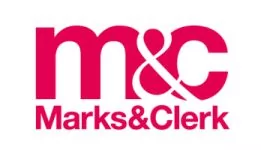On May 1, 2025, South Korea moved forward with strengthening design rights, following an amendment to the Design Protection Act (DPA). The changes aim to close loopholes, reduce abuse, and make it easier for rightful owners to claim their designs, and will come into effect on 28 November 2025.
- Tougher Scrutiny on Fast-Tracked Designs
For designs, South Korea operates a Substantive Examination System (SES) and a Partial-Substantive Examination System (PSES), which applies to articles that have a short lifecycle, e.g. foodstuffs, clothing, and articles of adornment. Designs filed under the PSES —previously checked only for basic formalities—will now be rejected if they clearly lack novelty or conflict with existing designs. This helps prevent the registration of already-known designs to gain unfair advantages. - More Time to Challenge Registrations
Third parties will now have up to a year (or three months from notice of infringement) to oppose a fast-tracked design registration, giving them more room to fight back against partially examined filings. - New Legal Path for Ownership Disputes
Claiming ownership just got easier. Instead of going through a two-step invalidation and reapplication process, "true" design owners will now be able to go directly to court to have the design rights transferred to them, if they can prove their claim.
South Korea enacted its first Industrial Design Act in 1961, and has been a member of the Hague System since 2014. With over 55,000 industrial design applications received by KIPO in 2023 [1], the present reforms will lead to fairer, more transparent design protection, boosting both innovation and enforcement.
The content of this article is intended to provide a general guide to the subject matter. Specialist advice should be sought about your specific circumstances.


